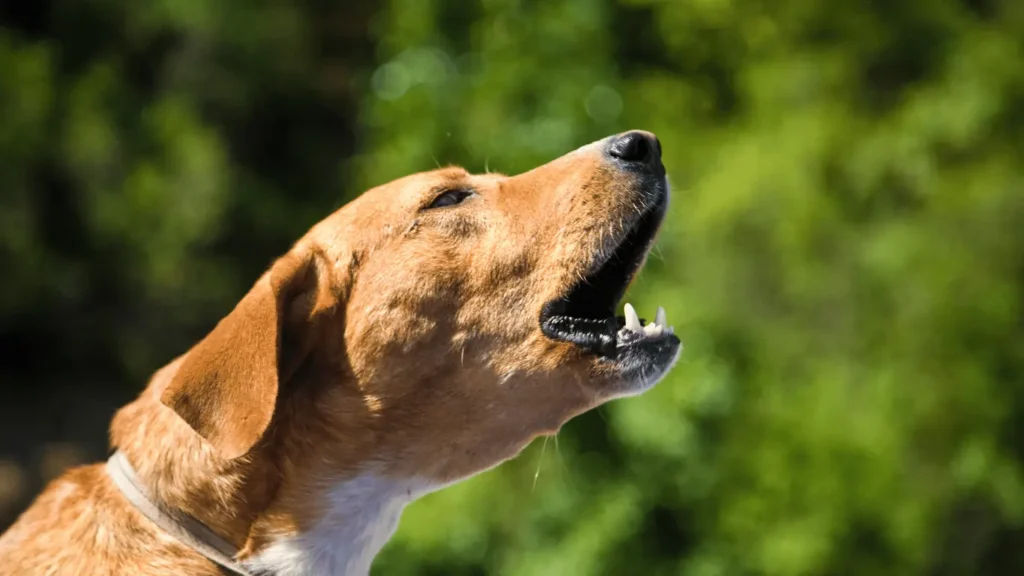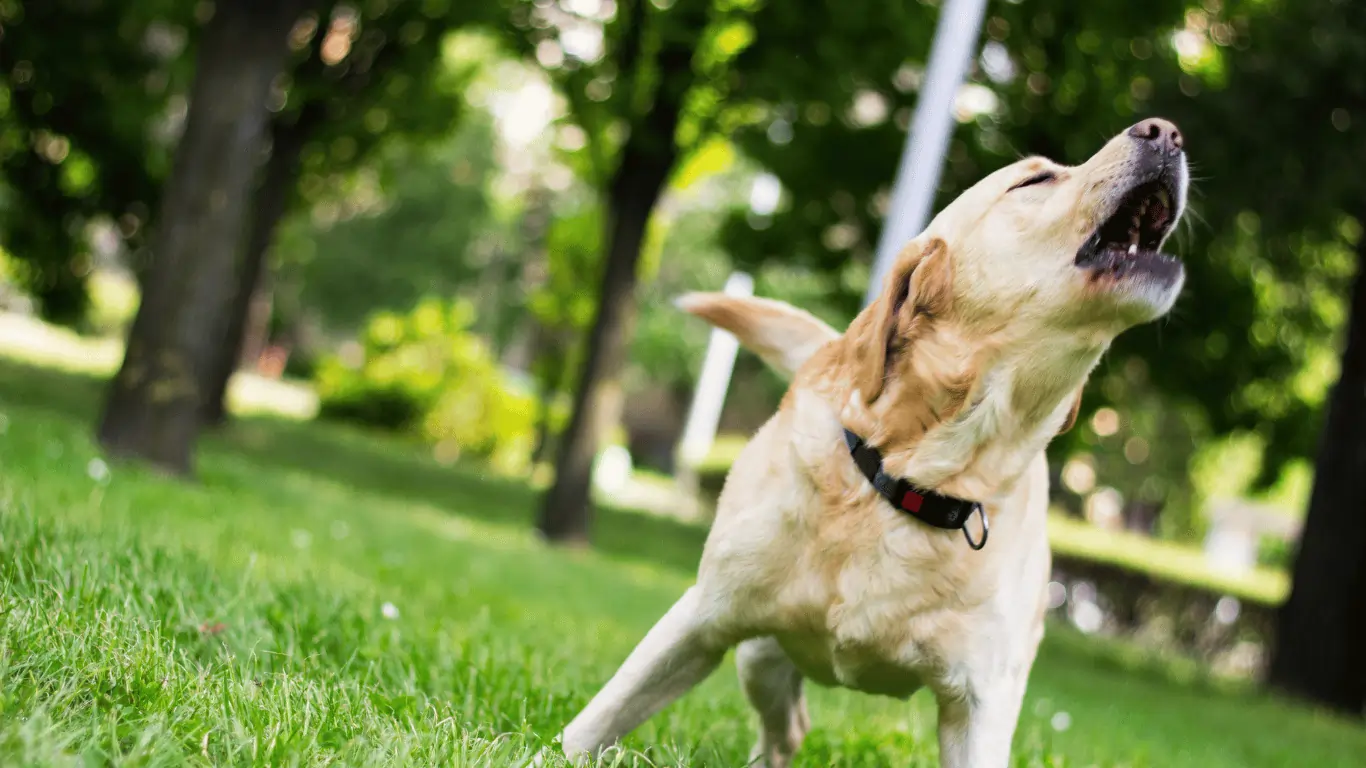Anxiety in older Dogs: Causes and Symptoms
A dog age can experience changes in their emotions and behavior as humans do. One most common issues that older dogs may face is anxiety. This can happen for many reasons. Reasons like health issues, changes in their surroundings, or the loss of familiar routines. Anxiety in older dogs can show up in different ways. Dogs may face noise phobias or situational stress. Aging amplifies these issues due to physical and mental changes.
Older dogs experience cognitive decline, reduced senses, and changes in their physical health. Shows like barking more than usual, restlessness, or fear of things. All of these make them more prone to anxiety. Understanding why this happens and how to help can make your pet happy and comfortable.
What is anxiety?
Anxiety in older dogs refers to stress or fear. That can indicate the different variety of behaviors. They can experience anxiety for many reasons, and it can affect their lifestyle.
Some Symptoms of Anxiety in old Dogs

Panting
Sleeping problems
Barking excessively
Disorientation
Tremor
Drooling
Restlessness
Aggression
House soiling
Not eating
Pacing
Vocalization
Panting
Panting is a normal behavior for dogs to cool themselves down. When it occurs without reasons such as heat or exertion, it shows issues. Possible causes include stress, anxiety, or medical conditions like heart disease, and respiratory.
Sleeping problems
In dogs, sleeping disturbance can be caused by different factors. These factors are pain, discomfort, anxiety, or health problems. Environmental factors or changes in routine can also disrupt sleep.
Barking excessively
Excessive barking without clear signs of a need for attention. It can also indicate a medical issue, especially if it’s a new behavior.
Disorientation
Disorientation can be alarming. It may indicate cognitive dysfunction syndrome, neurological problems, or vision and hearing loss. Dogs may appear lost in familiar settings, or forget learned behaviors.
Trembling or Shaking
Trembling or shaking can result from fear or excitement. However, it can also signal pain and poisoning. Sometimes it can be medical conditions. Such as low blood sugar, or neurological disorders.
Drooling or excessive licking
Drooling or excessive licking in animals has many causes. Some common reasons are excitement, oral problems, nausea, etc. When dogs get too hot, they might drool more or lick their body to cool themselves down. Dogs often drool or lick when they are excited. Allergic reactions can irritate the mouth or throat. There are no clear environmental triggers. You should consult a Vet.
Aggression
Sudden increased aggression may be due to fear or territorial behavior. Pain or medical issues such as hormonal imbalances or neurological conditions can increase aggression.
House soiling
House soiling can occur due to urinary tract infections. It can also be behavioral, stemming from anxiety, marking behavior, or a change in routine.
Loss of Appetite (Not eating or less eating)
Less eating or not eating can result from stress. Health issues like dental problems
Pacing
Pacing is often a sign of cognitive dysfunction. It can also indicate the pain or a neurological problem.
Vocalization
Increased vocalization can be a response to the need for attention. It may also be associated with cognitive dysfunction or sensory loss.
Causes of Anxiety in Aging Dogs
Separation Anxiety
It occurs when dogs are left alone by their owners. This can occur shortly after the owner leaves or persist throughout the absence. Symptoms include urinating, chewing on furniture, excessive barking, or destructive behavior. Some dogs may urinate or defecate indoors, even if they are house-trained, as a reaction to stress.
Dogs might try to scratch windows, or perform other escape behaviors. Physiological stress may also appear, such as drooling or increased heart rate. Provide a comfortable environment for your pet. Consult your veterinarian for behavior therapy.
Noise Anxiety
A loud sounds can cause the noise anxiety. Like fireworks, gunshots, thunderstorms, or construction noises. Physical signs of fear often appear immediately upon hearing the noise.
Dogs might run to a confined or familiar space, like under a bed or in a closet, to feel secure. They may vocalize to express their distress. Some dogs try to flee the noisy environment, which can result in injuries or getting lost. To reduce this anxiety, you can provide a safe space, and use noise-masking tools.
Social Anxiety
Social anxiety happens when unfamiliar people or animals are around the pet. This can lead to fear-based behaviors like hiding, barking, or growling. It is often rooted in insufficient socialization during their early developmental stages. Barking or Growling are defensive behaviors aimed at keeping perceived threats at bay. Hiding or Avoidance may retreat to a safe spot or refuse to engage.
Addressing social anxiety involves social situations, building confidence, and consulting a trainer for specialized help.
Travel Anxiety
Travel anxiety occurs when dogs feel uncomfortable during car rides or other transportation. Excessive Drooling or Panting are physical signs of stress or nausea. Vomiting, motion, or sickness is a common consequence of travel anxiety. Dogs may move around excessively or vocalize their discomfort.
To ease travel anxiety, start with short trips to help your dog acclimate to being in a vehicle. Use travel-friendly dog crates or harnesses for safety.
Health-Related Anxiety
In pets, injury or illness can cause anxiety. This can be displayed as changes in loss of appetite, behavior, or aggression. Anxiety linked to health concerns may lead to reduced interest in food. Dogs in pain often display difficulty in settling down.
Consult a veterinarian for a check-up, if your dog feels anxiety. Treating the underlying condition often alleviates the associated anxiety.
Changes in Routine or Environment
Dogs thrive on routine and familiarity with major changes can be a cause of anxiety. Such changes may include a new pet or family member moving to a new home. Some dogs may become attached to their owners, while others may retreat.
Stress may lead to chewing, digging, or other destructive actions. Whining or barking might escalate during the change period. To help with changes, maintain consistency in feeding, walks, and playtime. Introduce new environments or routines gradually. Provide comfort items like favorite toys or blankets.
Natural Way To Keep Anxious Dogs Busy
Keeping an anxious dog busy naturally can help reduce stress. Here are some natural ways to engage a dog:
Toys and Nose Games
These toys figure out how to release the treats inside. The toys and puzzles provide both entertainment and a sense of accomplishment.
Dogs love to use their noses. Hide objects around the house or yard. Let your dog sniff them out. Natural chew toys like rubber bones can give your dog a positive outlet for their energy.
Natural Supplements
Certain natural supplements, like CBD oil, melatonin, or L-theanine, can help promote relaxation. Always consult with a veterinarian before introducing any supplements to your dog’s routine.
Regular Exercise and Play
Regular physical activity is essential for burning off nervous energy. Daily walks or exercise keep your furry friend busy and energetic. Exercise helps release endorphins, which can promote calmness and improve mood. Some dogs respond positively response for music or sound therapy.
FAQs
How to stop a dog from being anxious?
Helping a dog overcome anxiety requires patience. Some steps you can take to prevent the issue:
Identify the Triggers
Create a Safe Space
Practice Positive Reinforcement
Gradual Exposure
Use Counterconditioning
Establish a Routine
Provide Physical and Mental Stimulation
Use Calming Aids
Seek Professional Help
What breed of dog has anxiety?
Wheaten Terriers
Lagotto Romagnolos
Spanish Water Dogs
Do anxious dogs live long?
Anxiety can make a dog’s life shorter. Anxiety itself doesn’t directly cause death. But the stress it creates can hurt a dog’s health and happiness. Being scared of strangers can be very hard on a dog’s body and mind, which might lead to a shorter life.







